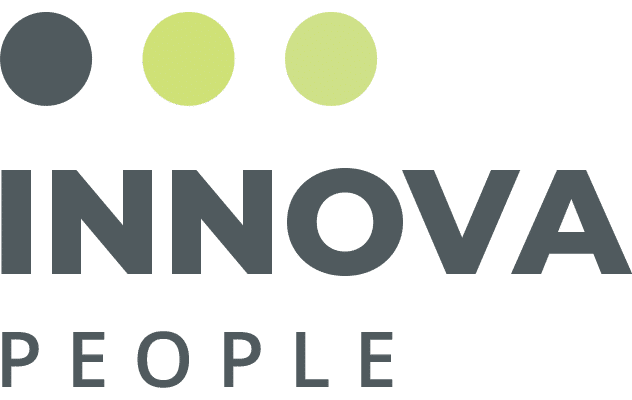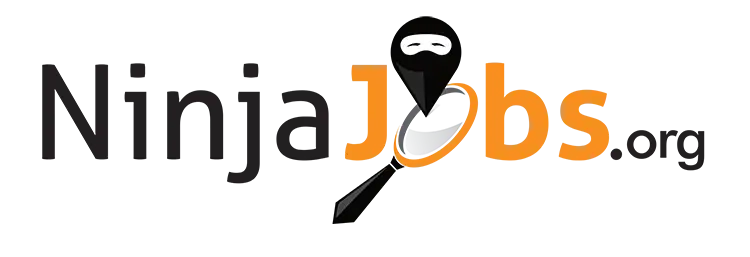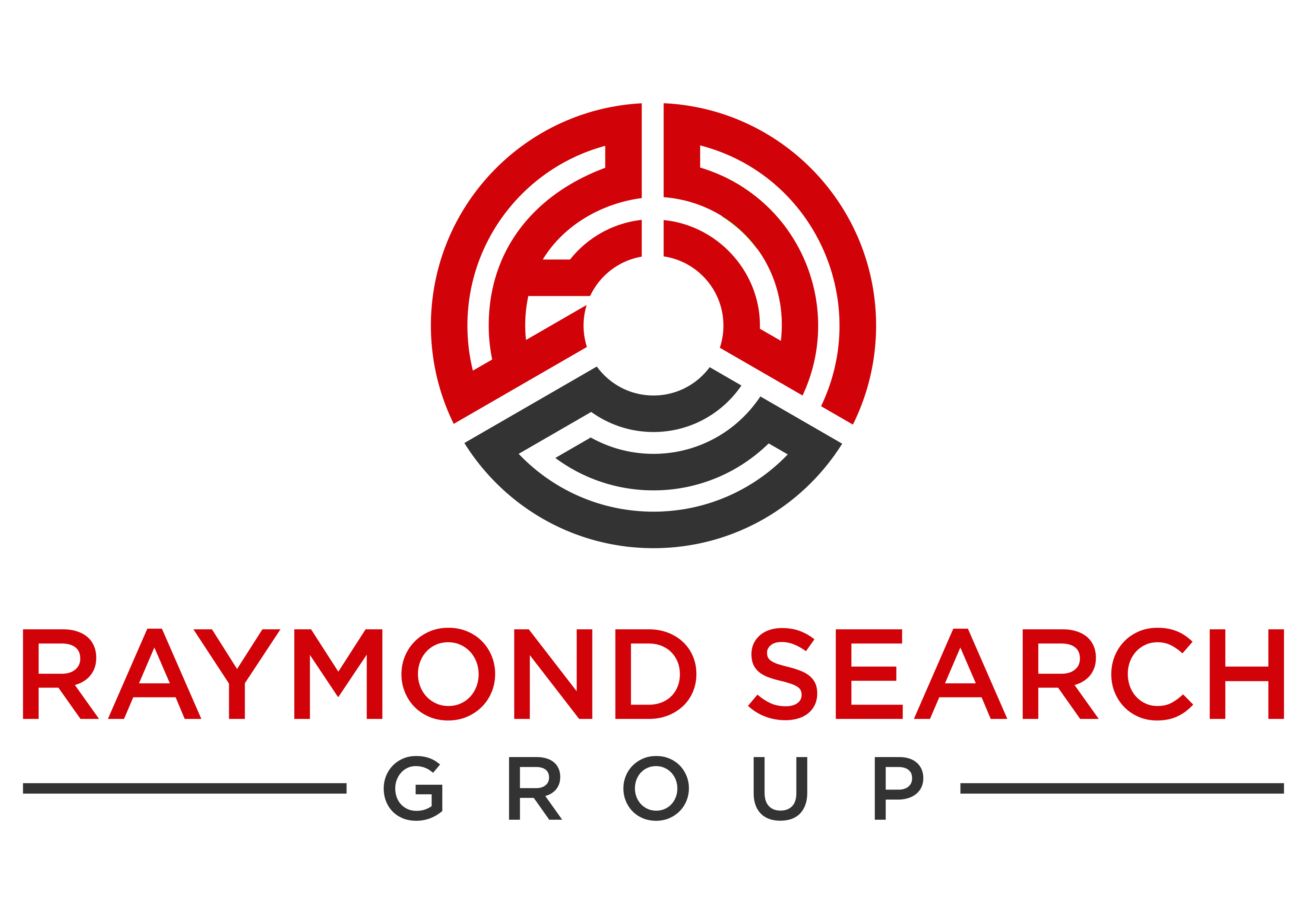
Direct Recruiters would like to wish all clients, candidates, and their families health, wellness, and safety as we navigate the COVID-19 pandemic. During this uncertain time, we are connecting with successful Plastics & Flexible Packaging industry organizations and individuals to provide helpful insights regarding how their business is responding to the pandemic. Thank you to all participants for the helpful insight for the industry as a whole.
Jump to Interviews: Jay Freund – Stratford-Cambridge Group, Mark Hischar – Koenig & Bauer, Andrew Wheeler – Windmoeller & Hoelscher Corporation
Jay Freund, Managing Director
Stratford-Cambridge Group
Describe the importance of a COVID contingency plan and what that might look like.
Stratford-Cambridge Group is a Private Equity investment firm with five companies, one being in the plastics industry. Broadly speaking, the contingency plans in today’s environment are critical. In mid-February, we started seeing hints of what would happen in North America, specifically the United States, as it relates to the COVID-19 virus. We started making plans with each of our five companies to guard liquidity and other things that we think could be issues in the future months. When the state of Ohio and the Midwest went to stay at home orders, we really kicked into gear our contingency planning. Seven weeks ago, we had our first “war room” meeting to address significant priorities for all portfolio companies. We walked away with four initiatives for each of the companies. First is health, safety and welfare of our employee-base at each company. We want to make sure we are following appropriate guidelines to keep safe and follow facility hygiene practices that limit any issues for the virus. That was our number one priority and a guiding light for each of our companies. The second initiative is to guard our cash and liquidity reserves. Going to stay at home orders, there is so much uncertainty in terms of liquidity. We developed extensive plans and re-forecasted to look at liquidity out into the future. Third, we are focusing on the supply chain and making sure we understand it, review it thoroughly and communicate to vendors how we will manage short falls, delivery times, reorders, etc. The last initiative is customer communication or as I have coined it, defending our revenue opportunity in this environment. All companies have had extensive outreach to let customers know we are there to support them and their businesses.
It is important to make sure we get to the other side of this troubling time. We continue to talk to each company every week about some aspect of our contingency plan. What is interesting is that we have gone from defensive planning to thinking about what the other side of this economic ditch will look like, how fast things will come back, and how we need to be ready.
What is the key to encouraging employees to be open about potential exposures, so they don’t transmit COVID-19 to others?
This is really the heart of the matter. The right culture is needed at each company. We try to instill accountability throughout our organizations, whether you are leading or on the shop floor making great product. If you have accountability that runs through the core of your business, you have the opportunity to ask people to be honest with themselves about whether they have had exposure to COVID-19. Employees also have a responsibility to their coworkers to do that. Each business has built that kind of culture where we are in it together no matter your role. Everyone must adhere to the same procedures and processes to deal with the virus, so no one is left feeling they’re not required to comply with these measures. With the culture and accountability that’s set, we haven’t had any issues with people not being honest. At one company, an employee had a daughter who is a nurse on the front line. They were doing proper distancing and hadn’t seen her often; when she visited, she would stand on the front step and he would open the front door and stand several feet back. A few weeks ago, she stepped in the house quickly to pick-up something. A couple days later she found out she was infected with COVID-19. That same day our employee told the President of the business, and we sent him home for two weeks. We are appreciative that employees have felt comfortable to tell us.
How are you keeping your team positive in the face of an overwhelming amount of adversity?
Every day is different. “Positive” means that employees feel that everyone at the company is doing everything possible to maintain their health and safety. Employees are confident when they’re in an environment where people care. We have had good communication from the leadership of each business throughout the organization. Everyone knows what’s going on. Everyone is up to speed on information, both positive and negative. That leads to a productive worker who can focus on the job.
What you see for the industry over the next 4-6 months?
This second quarter in 2020 is going to be really tough. Beyond that, it all depends on what your views are as you look into later summer and early fall. The question is, are we going to crawl, walk, jog or run out of this ditch? We aren’t sure, but we are planning for tough scenarios in the second quarter and not a great deal of growth coming into the third quarter. It is going to be a hard rest of the year, broadly speaking.
In the plastics world, businesses could be serving the automotive industry, which will be really hard. Those who serve consumer markets could have a tough time, but organizations serving medical could be doing just fine given the need of those types of products. It all depends on the end market, but I don’t think everyone will escape from some tough decisions and a tough market over the next four-to-six months.
We had plans in our plastics’ related business to add four new heads in various functions across the business. We are softly continuing to pursue those initiatives, but we will be “turning up the dial” on looking for people. It is a good time to look for people given the environment, and we know we will get to the other side of this. We have great growth plans to fulfill.
Are there any efforts you have made to help first responders, healthcare workers, etc.?
Indirectly we are adhering to all of the health and CDC guidance to keep people safe and healthy, so we are doing our part to keep the curve flattened. I think at some point when we get out of these very intensive planning processes, we will find opportunities to give back to the communities. We have terrific leaders who are very community-centric.
Are there any other topics you feel are relevant, or would like to cover?
It is time to reopen and start getting back to business. We need to give people who want to work the opportunity to do so. Business needs to get back into a normal environment as best as we can define it, and we need to give business owners and employees our support any way we can. I am worried about the current environment but also a little bit of an optimist that we will come out of this stronger.
 Mark Hischar, President & CEO
Mark Hischar, President & CEO
Koenig & Bauer
Describe the importance of a COVID contingency plan and what that might look like.
I believe companies should already have business continuation plans in place to address any event that may interrupt operations. Such events could have a cascading effect on customers and others along the supply chain. I like to refer to this as managing the crisis before it is a crisis. This is especially important for companies such as ours where we are critical suppliers to the various packaging industries.
Our plan provides direction for operating our business whether it is a phone system failure or a destroyed building. It is written (paper and electronic) and distributed both on-site as well as maintained off-site. Granted, at the time it was developed we did not anticipate a pandemic but the same principles apply and the business continuation plan framework was instrumental in moving forward. In mid-March we were able to quickly implement remote work procedures which are still in effect as of this writing. We also quickly developed procedures for supporting our customers from spare parts to remote press maintenance to on-site service support when needed.
The critical factor in any emergency situation is to be proactive in communicating with customers and informing them of what support we have available and how they can access it. The positive response we have received to our efforts is indicative of how the entire industry can come together to assure continued production of essential packaging products for society during this pandemic period.
How are you keeping your team positive in the face of an overwhelming amount of adversity?
This is the most important management challenge we face today and requires a discipline to keep this focus in all decisions that need to be made. I believe that the whole process starts with open communication and regular feedback. The first step is to describe the challenges the company and its customers face as a result of the pandemic. Many people might think this is obvious but it helps tremendously to communicate the same message to everyone. It needs to be a common message from the entire management team so there is no confusion.
I think senior management needs to be able to articulate the decisions being made and to show empathy and support for the concerns and fears that the employees have during this event. There is, in my opinion, no more effective way to keep spirits high than to show the team that management is doing its job and being totally transparent in the process.
What do you see for the industry over the next 4-6 months?
I am optimistic for the packaging industry in the months ahead. In many ways, we will be living in a different world but the need for packaging will remain strong. Many packaging manufacturers found their volumes of work increase during this time with much of the volume being for consumable products. Others may have experienced declines but even those are more the result of consumer inactivity and not indications of problematic industry fundamentals, in my opinion. With a reasonable return to our new “normal” we should see our industry continue to grow.
Any other comments?
I hope that our society will continue to work together to address the fundamentals of this pandemic and take the necessary steps to minimize any future “waves” of infection. The COVID-19 will be with us for a while and we cannot let our guard down. It’s not just the government’s job to get us through this, it is the responsibility of each of us to take the necessary steps to mitigate the problem. As managers, we play a huge role in helping to protect our employees. We have to lead by example. Done right, what we do now will spread beyond our companies and make a global difference in getting through this.
 Andrew Wheeler, President
Andrew Wheeler, President
Windmoeller & Hoelscher Corporation
Describe the importance of a COVID contingency plan and what that might look like.
W&H in Lincoln, RI is the North American arm of our German parent company that manufactures machinery used to produce flexible food and medical packaging. In addition to marketing and selling the equipment, we provide customers in the U.S. and Canada with remote, on-site support along with spare parts delivery. That makes us an essential business.
Right now, our customers are very busy keeping up with demands from the pandemic, which means we need to be accessible 24 /7 to make sure their machinery is up-and-running and able to produce the goods that the country needs. Anticipating challenges that could arise from border closures or potential shipping issues, we quickly took action by “parking” some of our German technicians over here and increasing our RI-based inventory well beyond normal levels.
Globally, W&H has offered all our customers a service called Visual Assistance free-of-charge. It is an app which lets a technician, who under normal circumstances would be able to travel to a customer’s plant, view the external working environment of a machine through an operator’s smart phone. W&H field technicians around the world who are home or office-bound given travel restrictions are taking these calls.
How are you keeping your team positive in the face of an overwhelming amount of adversity?
We are certainly facing challenging circumstances, although for us, we see no other alternative than to work through it. As essential business and part of the supply chain for food and medical packaging, we realize how fortunate we are to be in this position. Creating a plan that would allow everyone to continue doing his/her job required flexibility and creativity. To keep our employee base safe, about 70% of our office staff is working from home and those in the office are practicing social distancing. Our team has been great in making our new work arrangement productive and successful. This optimism and attitude represents that we are indeed colleagues, but we’re also a tight-knit family with a tremendous sense of community and commitment to our customers.
What do you see for the industry over the next 4-6 months?
This is an interesting question. Right now, the packaging industry is overwhelmingly busy and is likely to continue to be so, certainly in the next 4-6 months. And while the food supply and manufacturing of food packaging are strong domestically, this pandemic and the scarcity of PPE, for example, have shone a light on the need for the renewal of a robust manufacturing economy in this country.
Contact: Catherine Mattson, [email protected], 401-744-0895






